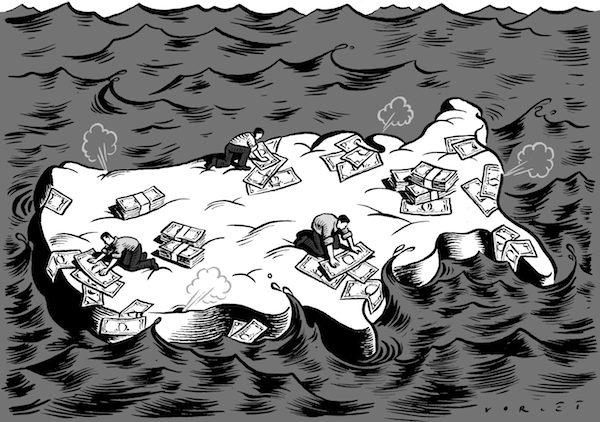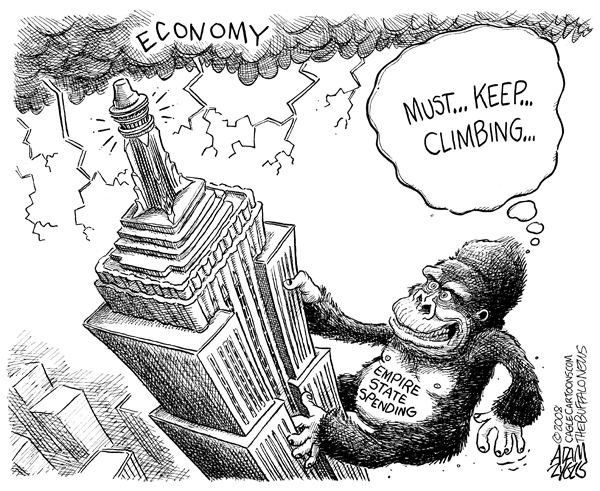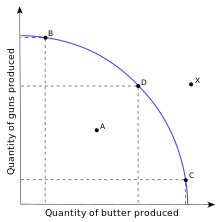Real GDP:
What is Peak?
- the highness point of GDP
- has the lowest unemployment & greatest spending
What is Expansion?
- " Recovery Phase"
- where real GDP is increasing, which cost spending to increase and unemployment to decrease
What is Contraction/ Recession?
- where real GDP declines for six months
- increase in unemployment and reduction in spending
What is Trough?
- the lowest point of real GDP
- it has the highest point of unemployment and highest amount of spending
Circular Flow:
Gross Domestic Program (GDP)
What is a Circular Flow Diagram?
- it represents the transaction in a economy
What is a Product Market?
- it is a place where goods and services are produced by business
What is a Factor Market?
- a place where households sell resources and business by resources
What is a Firm?
What is a Household?
What is GDP?
- gross domestic program
- its the total market value of all final goods and services produced in a within country's border in a given year
What is GNP?
- gross national product
- the total market value of all final goods and services by citizens of that country on its land or foreign land
Gross = Total
Included in GDP:
C - personal consumption expenditures
IG - Gross private domestic investment
- Factory
- Factory equipment
- Construction of Houses
- Unsold inventory of products built in a year
G- government spending (can buy anything & everything)
Xn - Net Export (Exports - Imports)
C + IG + D + Xn ( Ex - Im)
Not Included in GDP:
1. Intermediate goods - good that requires further processing before it is ready for final use
(ex. car parts)
2. Used of secondhand goods
- trying to avoid double counting
3. Purely Financial Transactions
(ex. stocks & bonds)
4. Illegal Activities
(ex. drugs)
5. Unreported business activity
(ex. unreported tips)
6. Non-market Activity
(ex. volunteering, babysitting, or any work performed for yourself)
7. Transfer Payment
- public (social security, welfare)
- private (scholarships -money transferred from donor to you)
(ex. car parts)
2. Used of secondhand goods
- trying to avoid double counting
3. Purely Financial Transactions
(ex. stocks & bonds)
4. Illegal Activities
(ex. drugs)
5. Unreported business activity
(ex. unreported tips)
6. Non-market Activity
(ex. volunteering, babysitting, or any work performed for yourself)
7. Transfer Payment
- public (social security, welfare)
- private (scholarships -money transferred from donor to you)
What is Nominal GDP?
- It's the value of the output produced in current prices
- can increase from year to year if either output or price increases.
- If we want to measure price increases known as inflation, we use nominal GDP.
What is Real GDP?
- It's the value of output produced in constant based year price.
-can increase from year to year only if output increases.
- If we want to measure economic growth, we use real GDP.
- injected for inflation
- base does not move
 What is GDP Deflator?
What is GDP Deflator?
- It is a price index use to adjust from nominal to real GDP.
( N / R x 100)
- if the base year, GDP Deflator with always = to 100
- In years after the base year, GDP is greater than 100
- In the particular year, GDP is less than 100
What is Consumer Price Index?
- It is the most commonly use of inflation
What is Inflation Rate?
GDP Formulas
Nominal: Price x Quantity
Real: New Quantity x Base Price
Deflator: (Nominal / Real) x 100
Inflation: ((New Deflator - Old Deflator) / Old Deflator) x 100
Unemployment Rate: # of Unemployment / (# of employed + Unemployed) x 100
Expenditure : C + Ig + G + Xn
Income: W + R + I + P + statistical adjustment
Budget: (Gov. purchase of goods & services) + (Gov. transfer payment) - (Gov. Tax&Fee collection)
+ deficit, - surplus
Trade: Export - Import
- deficit, + surplus
National Income: 1. (Compensation of Employees) + (Rental Income) + (Interest Income) + (Corporate Income) + (Properties Income)
2. (GDP) - (Indirect Business Taxes) - (Depreciation) - (Net Foreign)
Disposable Income: (Nat. Income) - (Personal Household Taxes) + (Gov. Transfer Payment)








